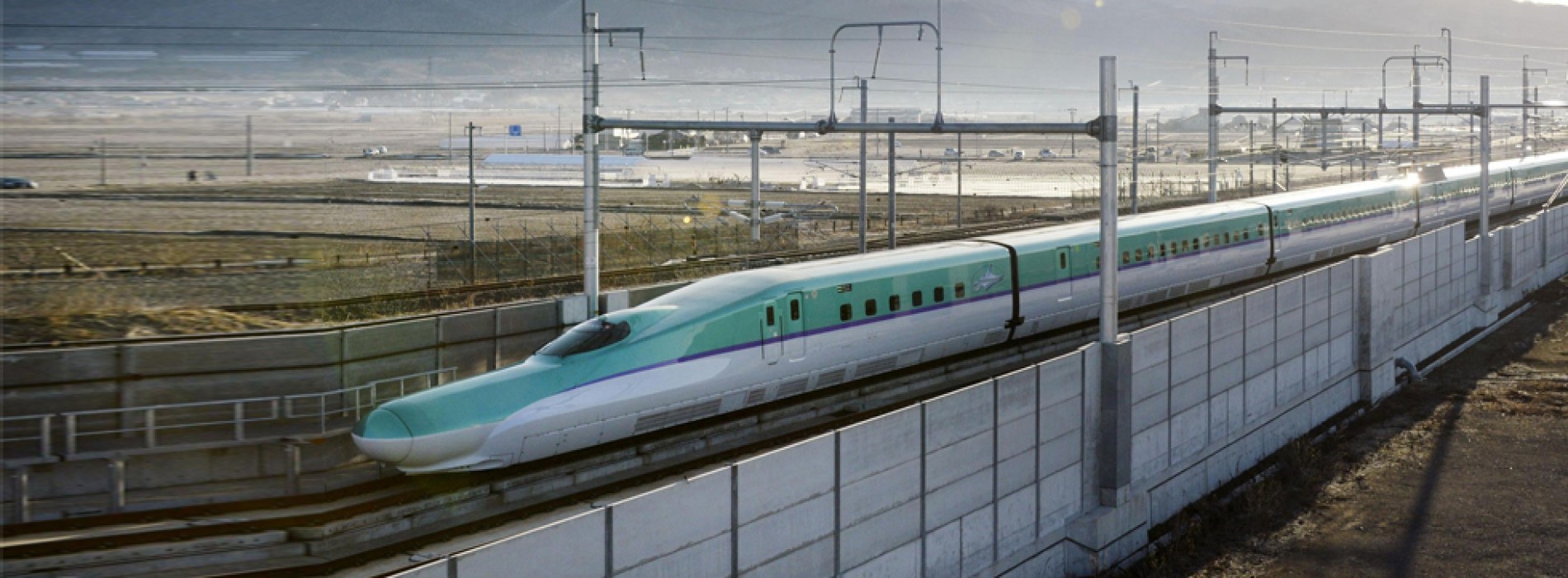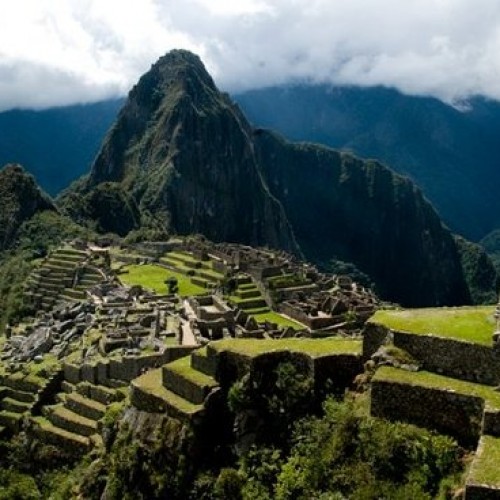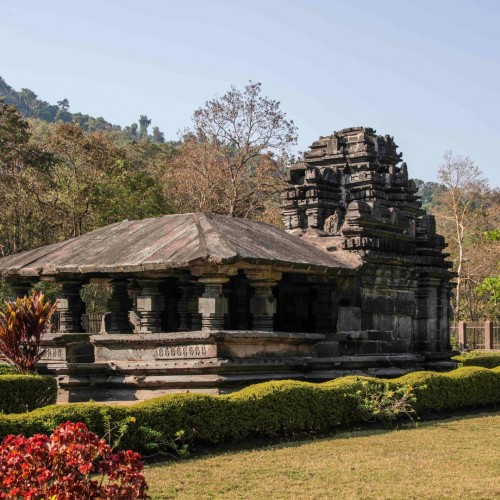What can you expect from the much awaited Bullet Train?
PM Narendra Modi and PM Shinzo Abe, his Japanese counterpart inaugurated India’s first bullet train project on 14th September 2017. Let’s take a look at what the fuss around India’s first “bullet train” is all about and know some facts of this dreamy train.
Speed and time to cover the distance: The Bullet Train will be able to achieve an average speed of over 250 kmph. While it was designed to run at a maximum speed of 350 kmph, it will have the capability of achieving an operational maximum speed of 320 kmph. The bullet train will cover the distance between Mumbai and Ahmedabad in 2 hours and 58 minutes if it halts at 10 stations.
Estimated time period of its first run: The government had earlier set a deadline for December 2023. However, newly appointed Union Minister for Railways Piyush Goyal recently announced that the government had advanced the date of completion by more than a year. Goyal said the Bullet Train will make its first trip between Mumbai and Ahmedabad on August 15, 2022 – when India completes 75 years of independence.
Connecting and boarding stations: The bullet train will connect Mumbai and Ahmedabad and will be linked by a total of 12 stations. Train will stop at Mumbai, Thane, Virar, Boisar, Vapi, Bilimora, Surat, Bharuch, Vadodara, Anand, Ahmedabad, and Sabarmati stations. The Mumbai station will be underground while all others will be elevated. A 21-km-long tunnel will be dug between Boisar and Bandra Kurla Compex (BKC) in Mumbai, with seven km of the stretch under sea.
Passenger capacity of the Bullet Train: Initially, the high-speed bullet train will have 10 coaches with a total seating capacity of 750 passengers. Subsequently, the train will have 16 coaches with a seating capacity of 1250 passengers.
Number of Bullet Trains to run: Initially the Railways will operate 35 bullet trains, but the number will increase to 105 by 2053. A bullet train requires four hours of cleaning after a run of 20 hours.
Facilities and Luxuries to be offered onboard: The bullet train will have special rooms for breastfeeding, triple mirrors for make-up and specially designed baby toilets with separate washrooms for men, women and handicapped. It will also have multi-purpose room to be used for breastfeeding and also for sick passengers and two extra-spacious toilets for wheelchair-bound passengers.
Expected fare: According to Railway officials, the bullet trains would have two categories of seats, executive and economy, and the ticket fares will be comparable to that of AC-2 tier fare for Rajdhani Express.
Technology to be used: With so many accidents, Indian railways need a train system which is par excellence in matter of safety. This need will be fulfilled by the bullet train as it will be based on Japan’s famed Shinkansen network which is known for its punctuality and cutting-edge technology. The Shinkansen uses 1,435 mm standard gauge tracks in contrast to the 1,067 mm narrow gauge. The Shinkansen uses an automatic train control system, thereby, doing away with the need for trackside signals. Trains running on Shinkansen network are extremely punctual and have an impeccable safety record.
You might also like
Onam celebrations in Kerala across Taj Hotels
Kerala, fittingly called God’s own country with its swaying green palm trees and azure waters turns into a riot of colours during Onam. The harvest festival is based on the
Etihad signs codeshare deal with Precision Air to expand Tanzania presence
In a move that extends its reach across East Africa, Etihad Airways has announced that it has entered into a codeshare agreement with Precision Air, Tanzania’s leading domestic airline. Under
“Machu Picchu has bagged the title of travelers’ favorite landmark in a new TripAdvisor ranking
Machu Picchu, built in the clouds of the Andes Mountains of Peru, has bagged the title of travellers’favourite landmark in a new Trip Advisor ranking. The Incan citadel has won






